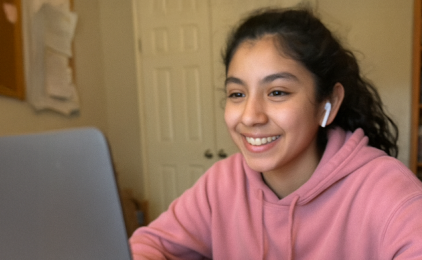
Teacher Resources Available for 3D Shapes
Explore comprehensive 3D shape resources for students in Years 1 to 10. Aligned with the Australian curriculum, these materials cover the properties of three-dimensional shapes, from basic recognition in early years to volume and surface area calculations in higher years.


.svg)


.svg)


.svg)


.svg)


What’s included in the resources for %%3D shapes%%?
🔥Curriculum Aligned
Aligned to the Australian Maths Curriculum v9.0, 3D Shapes helps teachers introduce students to the properties of solids. Teachers can apply practical activities, like building models or identifying shapes in everyday surroundings, to help students explore concepts such as volume and surface area.
.png)

🌍 Differentiated for Students
Explore 3D shapes through real-life examples such as building models, identifying shapes in everyday objects, or designing structures. These activities help students visualise and understand the properties of 3D shapes in practical contexts.
💡Incredible Teacher Resources
The 3D shapes resources introduce students to recognising, naming, and describing the properties of three-dimensional shapes, such as cubes, spheres, and pyramids. Advanced prompts challenge students to calculate surface area and volume, applying geometric knowledge in real-world contexts.

Interactive Resources
Practice Questions
Tutero’s teacher resources introduce the properties of 3D shapes, covering cubes, spheres, pyramids, and more. Teachers can use visual aids and hands-on activities to guide students in understanding the characteristics of three-dimensional figures and their applications in geometry.
Structured Solutions
Differentiated Questions
Tutero’s teacher resources offer a variety of problems focused on 3D shapes, challenging students to identify, measure, and analyse geometric figures. These exercises help students develop spatial awareness and geometric reasoning, preparing them for both assessments and real-world applications.
Real-World Applications
Engaging Exercises
Tutero’s 3D shapes resources guide students through the exploration of various 3D objects, from cubes to spheres, using hands-on tasks like constructing models or identifying shapes in the environment. These activities help students understand spatial relationships.
Access your resources for 3D shapes today!

"I love these resources on 3D shapes"
- You in approximately four minutes
What is covered in the resources for 3D shapes?
Exploring 3D Shapes in Early Years
Our 3D shapes resources for Years 1 to 3, aligned with the Australian curriculum, introduce students to the basics of three-dimensional shapes like cubes, spheres, and cylinders. These engaging materials use everyday objects to help young learners recognise 3D shapes in the world around them. By using hands-on activities such as building shapes with blocks or clay, students will start to identify the defining properties of these shapes, such as faces, edges, and vertices.
Interactive Tools for Developing 3D Shape Understanding
For middle years (Years 4 to 7), our resources focus on deepening student's understanding of 3D shapes by exploring more complex figures like pyramids, prisms, and cones. Teachers can guide students through interactive activities, such as constructing 3D shapes using nets or exploring 3D modelling software. These exercises reinforce concepts like volume, surface area, and symmetry, providing students with practical experiences to better visualise and understand the properties of various 3D shapes.
Advanced Applications of 3D Geometry for Upper Levels
For more advanced students in Years 8 to 10, these resources delve into the mathematical principles behind 3D shapes, including calculating the surface area and volume of complex figures like polyhedrons and spheres. Teachers can challenge students with real-world applications, such as solving problems related to architecture, design, and engineering. These resources encourage students to think critically about 3D geometry, preparing them for advanced studies in mathematics and its application in the real world.

Teachers save hours with these resources on 3D shapes


.svg)
.avif)






.svg)


.png)






.png)
.svg)


.png)
.png)
.png)
.png)
.png)
